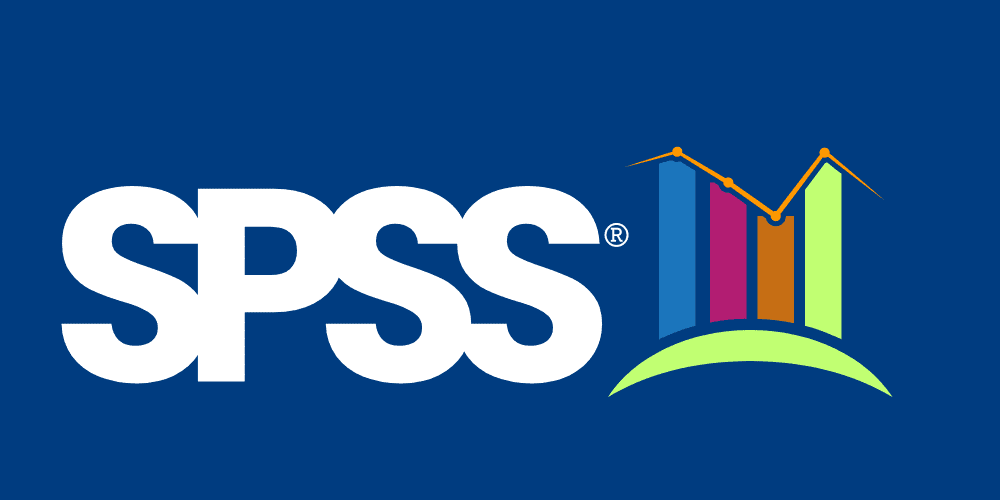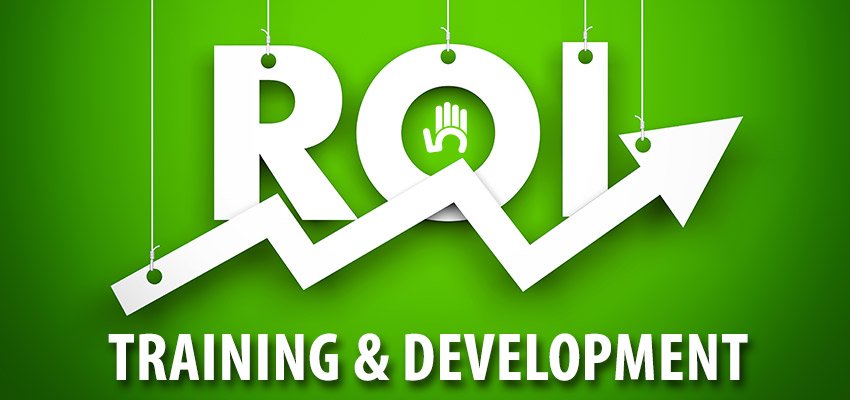Course Overview
7 high-quality and relevant video-based Courses with 14+ hours of well-designed, well-crafted study materials on SPSS, Descriptive Statistics, Correlation Techniques, Scatter Plot, Linear Regression, T-Value, Regression Equation, MS Excel, Multiple Regression Modeling, Logistic Regression, Multinomial Regression, Statistical Analysis, Basic Data Management, Correlation Analysis. Learn by doing. Verifiable Certificate of Completion for Courses. Full Lifetime Access. Begin your path toward becoming a professional data consultant for several research studies. Learn how to gather, organize, and statistically analyze research data. Refines your role as a Statistical Data Analysis Manager or higher-level researcher in the corporate world. The focus of the current training program will be to help participants learn statistical skills through exploring SPSS and its different options. The focus will be to develop practical skills in analyzing data and developing an independent capacity to accurately decide what statistical tests will be appropriate for a particular kind of research objective.
Eligibility / Requirements
Prior knowledge of Quantitative Methods, MS Office and Paint is desired.
Target Audiance
- The meticulous analyst, scrutinizing every data point for insights.
- The eager novice, absorbing every SPSS function with enthusiasm.
- The skeptical traditionalist, reluctantly embracing statistical software.
- The methodical researcher, applying biostatistics principles with precision.
- The collaborative learner, seeking group discussions to grasp complex concepts.



 4.7
4.7

